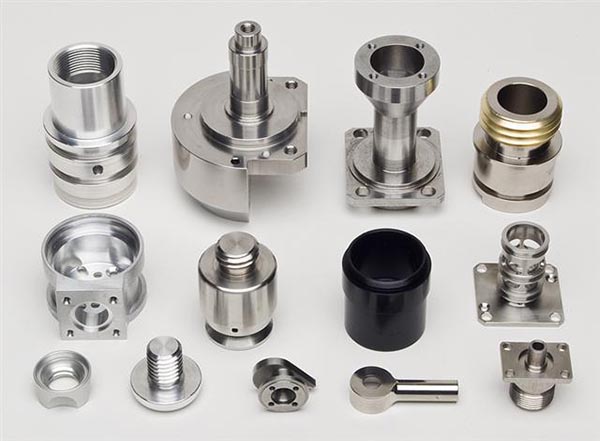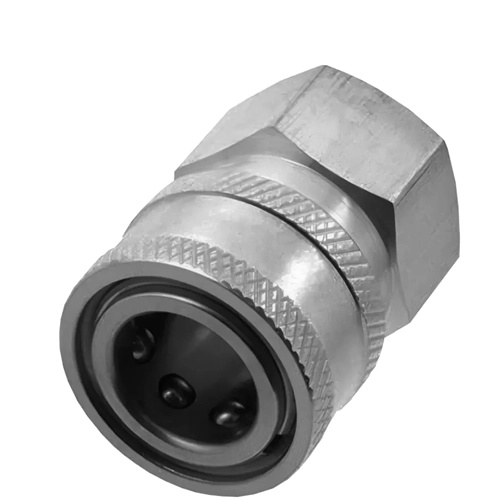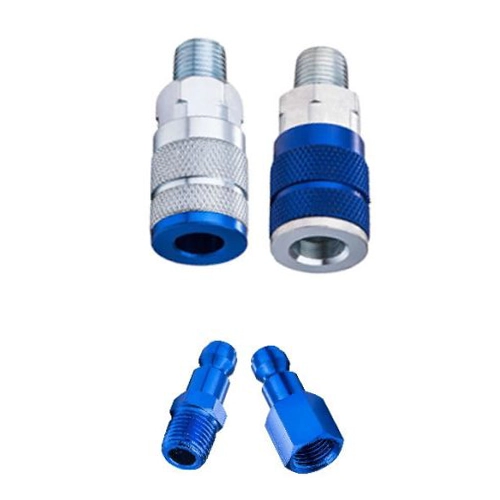Effective Cleaning Techniques for Cutting Fluid Residues on Stainless Steel Components
Understanding Cutting Fluid Types and Residue Characteristics
Stainless steel machining often involves two primary cutting fluid categories: oil-based and water-based formulations. Oil-based fluids excel in lubrication and rust prevention but struggle with residue removal due to their viscous nature. Water-based fluids, while superior in cooling and initial cleaning, tend to leave behind foamy or corrosive residues when improperly managed.
Residue morphology varies based on exposure time and environmental conditions. Fresh residues may appear as liquid films, while aged deposits can harden into gel-like substances or crystalline structures. Hardened residues are particularly problematic in precision assemblies, as they may cause component misalignment or interfere with sealing surfaces. For example, a study on CNC-machined valve components revealed that 24-hour exposure to uncleaned cutting fluid residues increased surface roughness by 30%, compromising sealing performance.
The chemical composition of residues also impacts cleaning strategies. Oil-based residues often contain sulfurized additives that require specific solvents for breakdown, while water-based residues may incorporate biocides that necessitate alkaline cleaners for neutralization.
Mechanical Cleaning Methods for Initial Residue Removal
Soft-bristle brushing remains a fundamental technique for loosening surface contaminants. When paired with low-pressure air jets, this method effectively dislodges particulate matter from threaded holes and complex geometries without damaging stainless steel surfaces. For small-batch production, manual brushing with nylon bristles achieves 85-90% residue removal efficiency when applied in circular motions at 45-degree angles to the workpiece surface.
Ultrasonic agitation enhances mechanical cleaning by generating cavitation bubbles that penetrate micro-crevices. A case study involving aerospace fasteners demonstrated that 15-minute ultrasonic treatment in a 40kHz bath removed 98% of embedded cutting fluid particles smaller than 10μm. This method proves particularly effective for components with blind holes or internal passages where conventional brushing cannot reach.
For large-scale operations, automated tumbling systems offer consistent results. Vibratory finishers equipped with ceramic media can process hundreds of components per hour while maintaining surface integrity. When cleaning medical implants, manufacturers often use corn cob media with a 1:5 media-to-part ratio to avoid surface scratching during residue removal.
Chemical Cleaning Solutions Tailored to Residue Types
Alkaline cleaners excel at breaking down water-based cutting fluid residues through saponification reactions. A 5-8% sodium metasilicate solution heated to 60-70°C effectively neutralizes acidic components in synthetic fluids while dissolving mineral deposits. For components with complex geometries, immersion cleaning in agitated alkaline baths for 10-15 minutes achieves uniform residue removal without leaving streaks.
Solvent-based cleaners address oil-based residues through dissolution mechanisms. Isopropyl alcohol (IPA) mixtures with 10-15% water content demonstrate superior penetration into porous stainless steel surfaces compared to pure solvents. When cleaning precision bearings, a two-stage process involving initial IPA rinse followed by deionized water purge reduces particulate contamination to below 50μg/ft².
Emulsifying agents offer versatile solutions for mixed residues. Non-ionic surfactants with HLB values between 12-16 create stable emulsions that lift both oil and water-based contaminants from surfaces. A 3% solution of alkyl polyglucoside in warm water (45-50°C) proved effective in removing composite residues from stainless steel molds, reducing cleaning time by 40% compared to traditional methods.
Advanced Cleaning Technologies for Critical Applications
Supercritical CO₂ cleaning leverages the solvent properties of carbon dioxide in its supercritical state (31°C, 73.8 bar) to penetrate micro-pores without leaving residues. This method is particularly valuable for optical components and semiconductor devices, where traditional cleaning methods may introduce contaminants. A study on stainless steel MEMS devices showed that supercritical CO₂ with 0.5% cosolvent removed 99.9% of cutting fluid residues without altering surface roughness.
Plasma cleaning utilizes reactive gas species to oxidize and volatilize organic contaminants. Oxygen plasma treatments at 100-150W power levels effectively remove sub-micron residue particles while maintaining stainless steel passivation layers. This technology finds applications in food processing equipment and pharmaceutical manufacturing, where chemical-free cleaning is mandatory.
Laser ablation offers precision cleaning for localized residue removal. Nanosecond-pulsed fiber lasers operating at 1064nm wavelength can selectively remove hardened residues without affecting base material properties. When cleaning stainless steel surgical instruments, this method achieved 99.99% cleanliness while maintaining surface hardness within ±5HV.
Process Optimization Through Parameter Control
Temperature management significantly impacts cleaning efficiency. Alkaline cleaners exhibit optimal performance between 55-65°C, where reaction rates increase exponentially without causing stainless steel sensitization. For every 10°C rise within this range, cleaning time decreases by approximately 30%, but temperatures exceeding 70°C may lead to surface discoloration.
Concentration optimization follows diminishing returns principles. While increasing cleaner concentration from 5% to 8% may improve residue removal by 25%, further increases beyond 10% often yield negligible benefits while raising operational costs. Dynamic concentration monitoring systems that adjust chemical feed rates based on real-time conductivity measurements help maintain optimal cleaning conditions.
Agitation parameters require careful calibration to balance cleaning effectiveness with surface protection. Orbital shakers operating at 150-200rpm provide sufficient kinetic energy for residue dislodgement without inducing mechanical damage. For ultrasonic cleaning, power densities between 0.5-1.0W/cm² effectively generate cavitation while preventing pitting on stainless steel surfaces.





